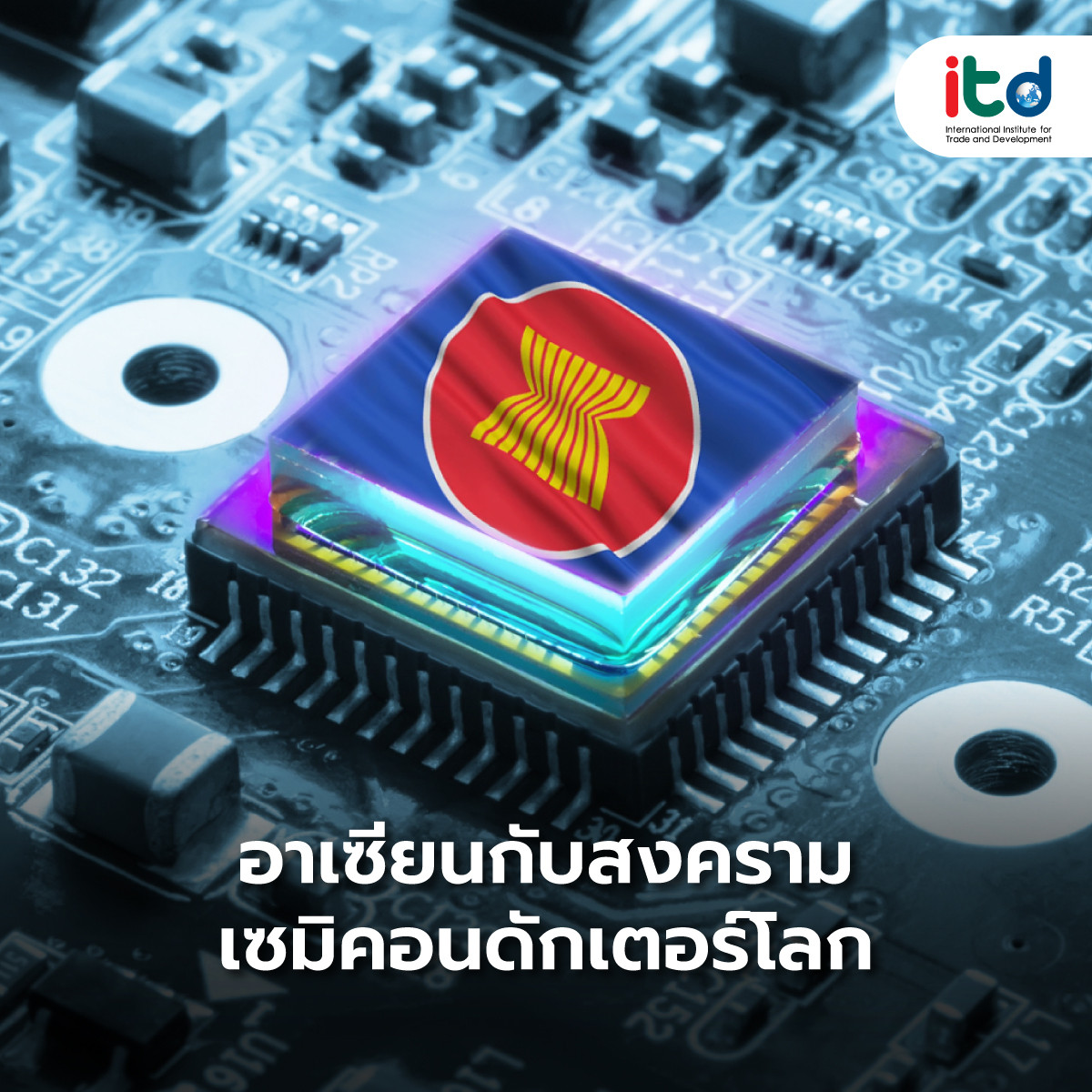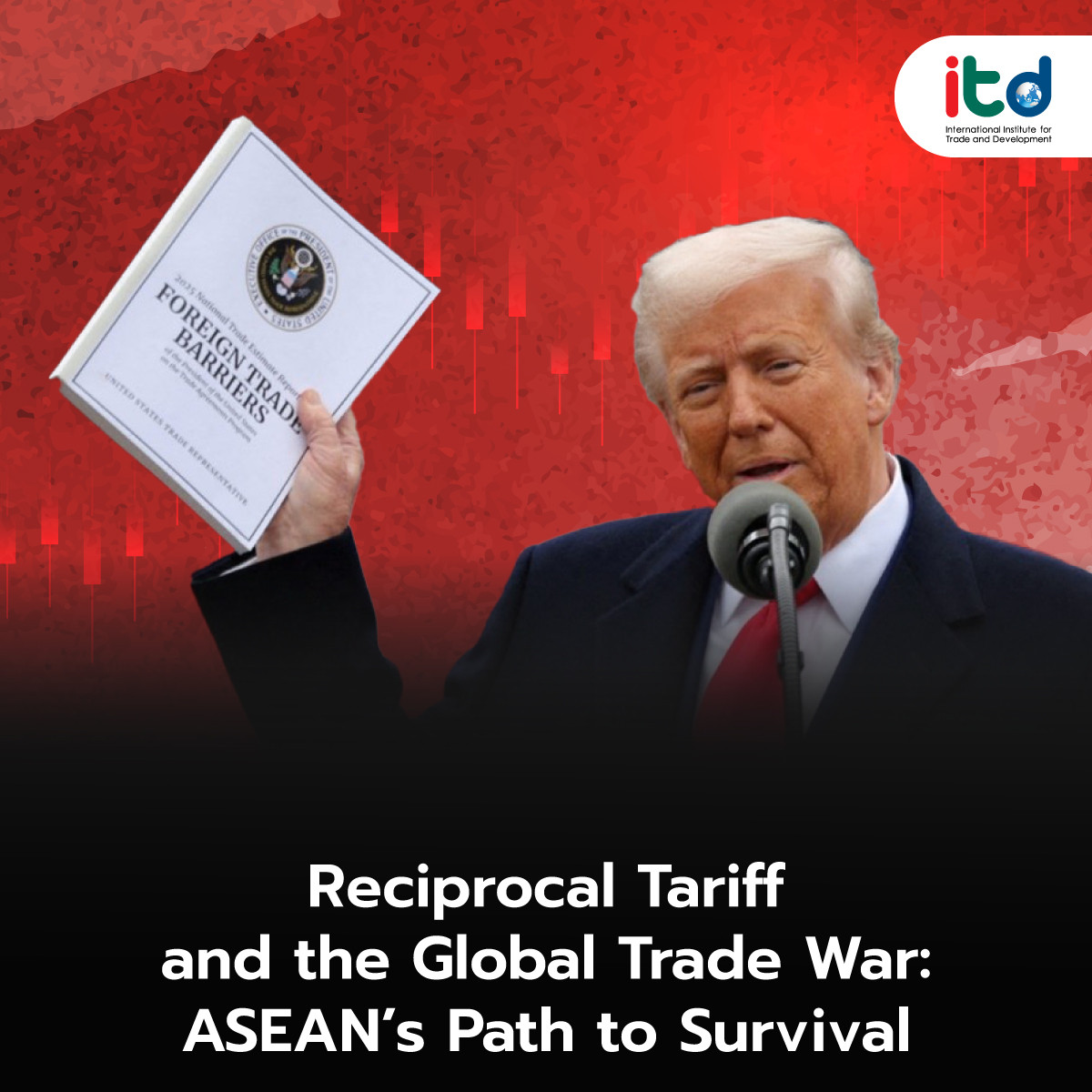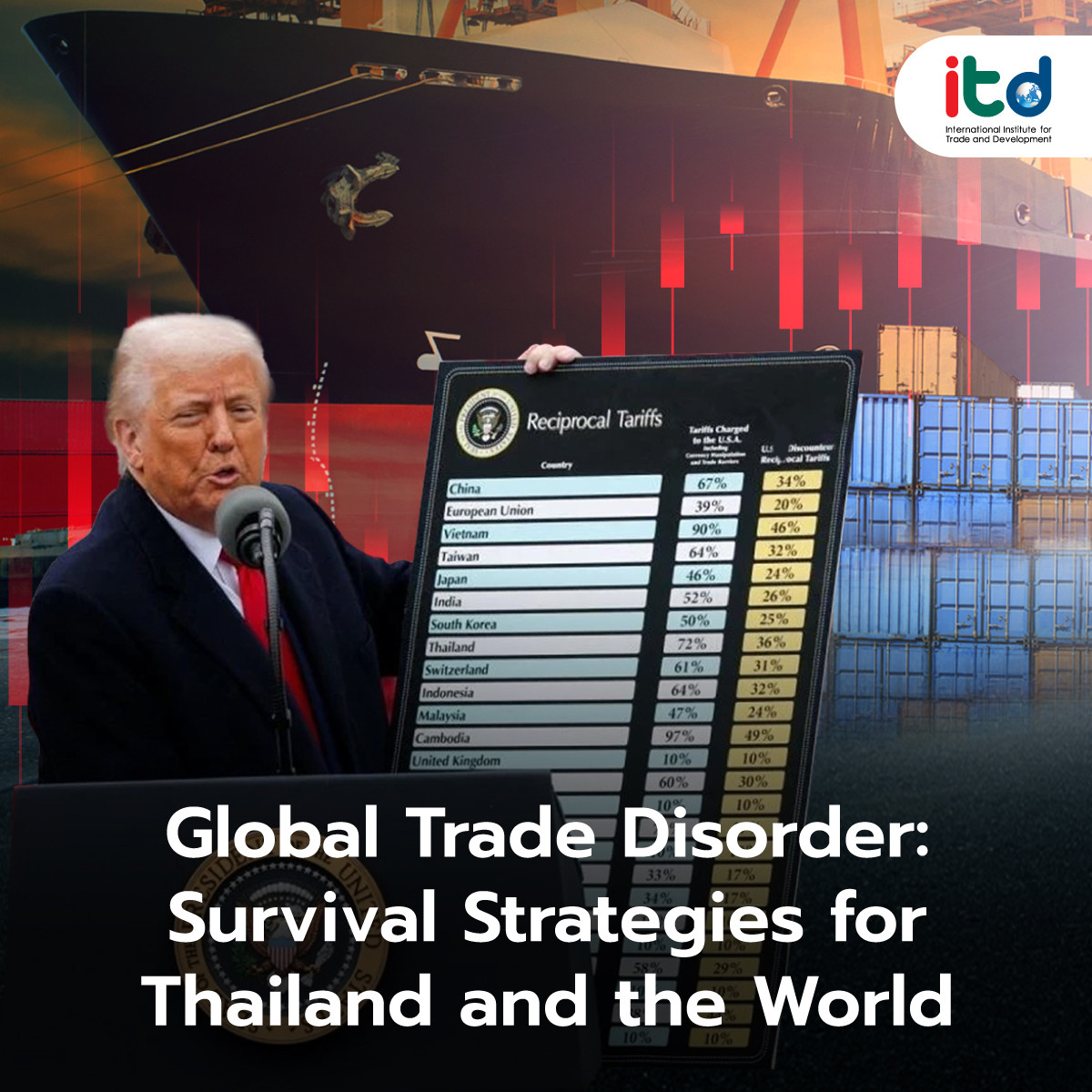About Documents
The conflict between China and the United States over semiconductors continues to escalate. Recently, the United States persuaded allies such as Japan to limit the export of chemicals used in semiconductor production to China. Additionally, the U.S. influenced the Netherlands to cease servicing and repairing semiconductor manufacturing equipment for China. In response, China retaliated against the United States by announcing plans to reduce the use of semiconductors from U.S. companies Intel and AMD in Chinese government computers.
It is noteworthy that the geopolitical tension between China and the United States has led to the beginning of a decoupling in semiconductor trade between them, which has been beneficial for ASEAN. According to data from Trade Map, in the year 2023, the United States significantly increased its imports of semiconductors (HS Code 8541) from its top three sources, all of which are ASEAN countries: Vietnam, Thailand, and Malaysia. The increases from the previous year were approximately 35%, 137%, and 40% respectively. This contrasts with a decrease in imports from China by about 33%.
Several semiconductor manufacturing companies have relocated their production bases to ASEAN to diversify risks from the China-United States conflict. This has resulted in competition among ASEAN countries to attract foreign direct investment for semiconductor production, with the aim of becoming the semiconductor manufacturing hub of the region. Vietnam is particularly notable as it not only accelerates the development of its environment and infrastructure and offers benefits to attract investments, but also its Comprehensive Strategic Partnership with the United States will further accelerate semiconductor investments in Vietnam. The United States has proposed to transfer technology, provide financial and investment assistance, enhance the capabilities of personnel, and strengthen the semiconductor ecosystem in Vietnam to ensure its stability.
Malaysia‘s current focus is to attract investments and advance its position as a high-value-added front-end semiconductor manufacturer. The country’s strong suit lies in its well-developed infrastructure that bolsters semiconductor production. With over 50 years of experience as a hub for microelectronics design and development, Malaysia holds a strategic advantage in the semiconductor supply chain. However, currently, both Vietnam and Malaysia remain primarily back-end semiconductor producers, involved in assembly, testing, and packaging, rather than front-end production.
Singapore has an advantage over other competitors in attracting investments due to its comprehensive readiness. Recently, GlobalFoundries, a U.S.-based semiconductor manufacturing company, invested in establishing a production base in Singapore, citing that Singapore has political stability, a conducive business environment, comprehensive infrastructure, strong intellectual property protection, and a world-class education system.
Thailand also has ambitions to attract investments and become a front-end semiconductor producer. If successful, this will positively impact Thailand’s role as a producer of electric vehicles in the region, as well as benefit the country’s technological development. Additionally, it will help create added value and employment opportunities for Thailand’s industrial sector.
Thailand still faces challenges, particularly in terms of human resources. Although there are initiatives, such as formulating undergraduate and master’s degree programs in semiconductors, a crucial question remains: to what extent can Thailand produce sufficient and efficient personnel who can keep pace with rapidly changing technologies? Additionally, Thailand’s minimum wage and electricity costs are higher than many other ASEAN countries.
To conclude, the government must urgently address key issues such as production costs, personnel, and offering incentives that are more attractive to investors than those of competitors, as well as the development of infrastructure. These efforts are necessary to elevate Thailand to the expected level of a front-end semiconductor producer and to become a winner in the regional competition to establish a semiconductor production base.
Author:
Ms. Warunya Yossai
Senior Researcher
International Institute for Trade and Development (Public Organization)
www.itd.or.th
Publication: Bangkok BIZ Newspaper
Section: First Section/World Beat
Volume: 37 Issue: 12626
Date: Wednesday, April 24, 2024
Page: 8 (bottom-left)
Column: “Insight ASEAN”






